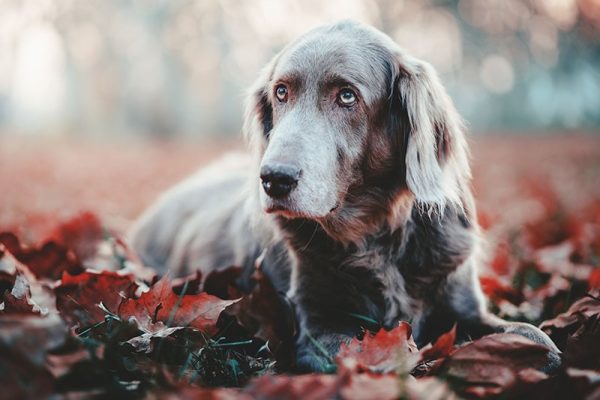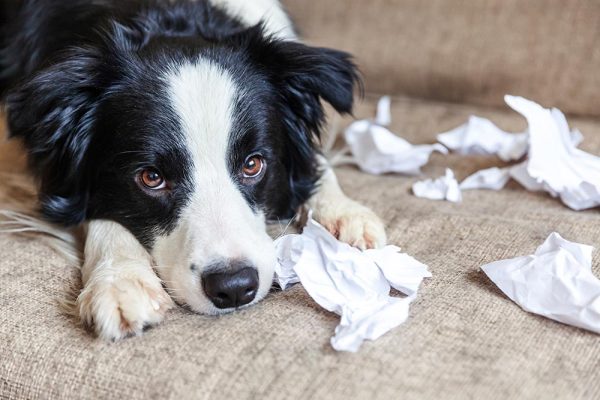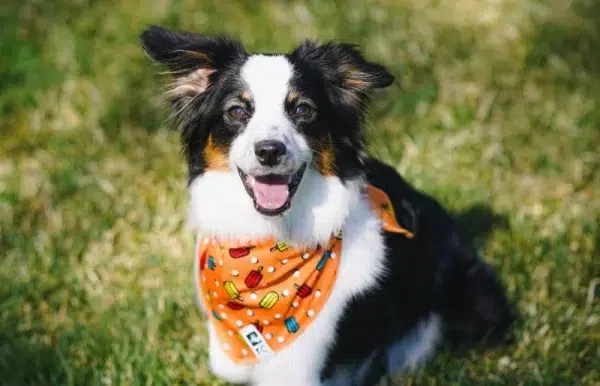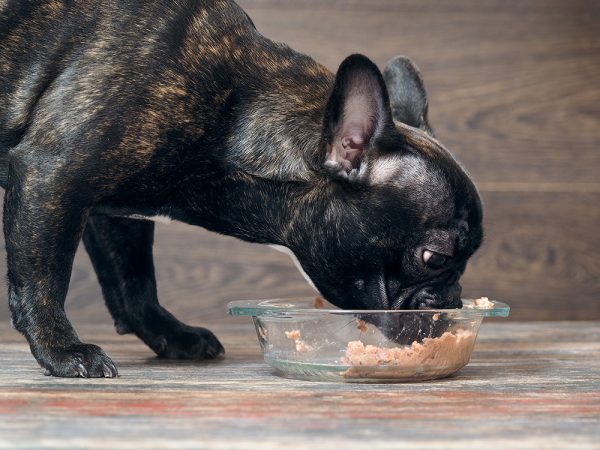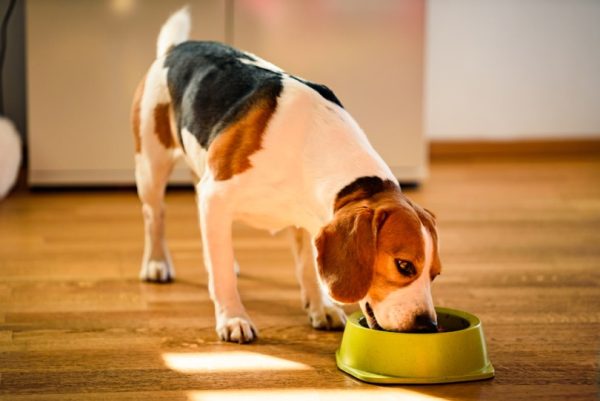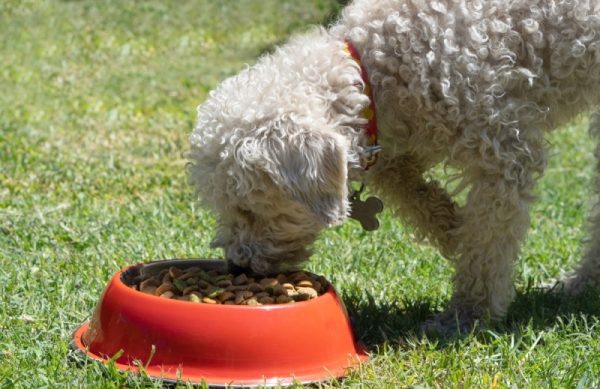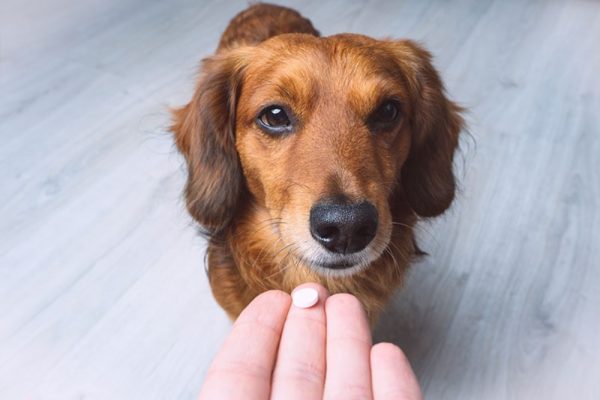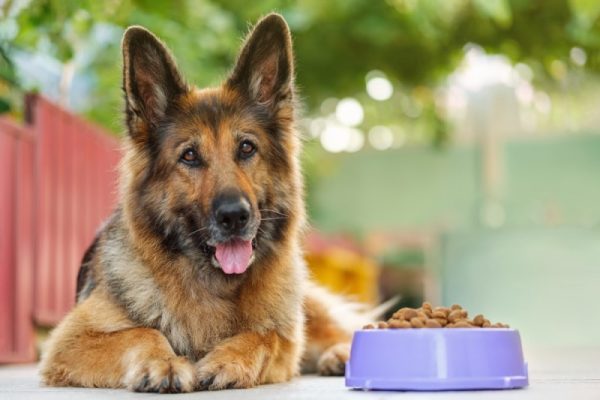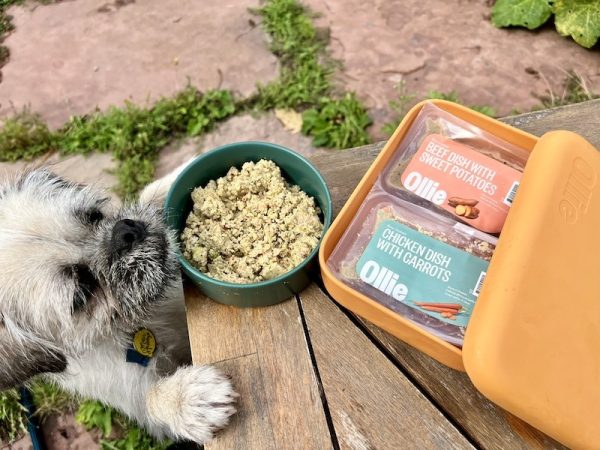In this article
View 4 More +Has your dog eaten a toothpick? This is a surprisingly common occurrence, and your vet will be well-equipped to deal with this situation. It is extremely dangerous for canines to eat toothpicks, so if you think your dog has swallowed one, seek veterinary help immediately.
Toothpicks, also known as cocktail sticks, are often consumed by dogs, as they are frequently used to skewer food. They are small and thin so easily missed or left on a plate and then snatched up by a hungry dog. If they have been used, they will still have remnants of food stuck to them, so your pup will be attracted to them. Dogs often scavenge in bins or steal from plates at parties, so they often eat toothpicks without anyone noticing at first.
Read on to find out what to do if your dog has eaten a toothpick.

My Dog Ate a Toothpick, What Do I Do?
1. Ensure Your Dog Doesn’t Eat Any More Toothpicks
Remove your dog from the area. Do not leave them unattended, and ensure a responsible adult is supervising them at all times. Clean up any discarded toothpicks, and put them in a dog-proof bin or out of reach of your dog and any other pets.
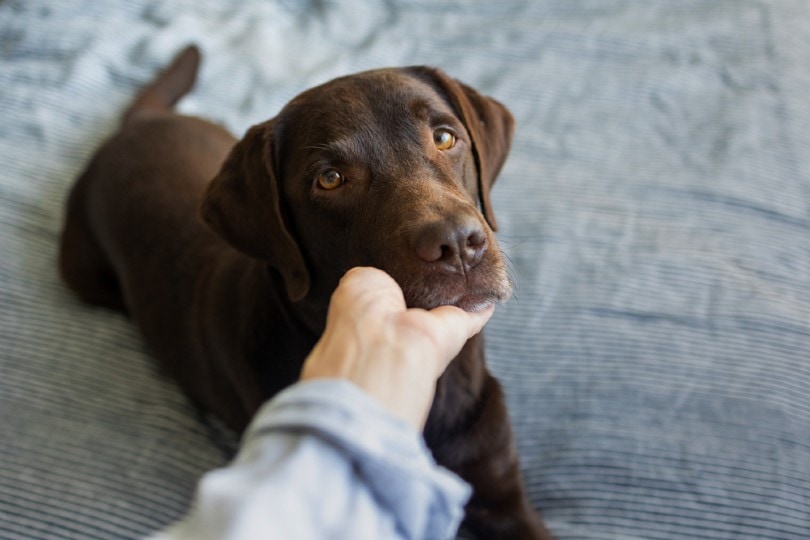
2. Contact Your Vet Immediately
Get in contact with your vet straight away. Toothpicks and cocktail sticks are sharp and can do serious damage when eaten. Try to give as much information as possible to your vet.
Your vet will ask questions like:
- How many toothpicks were eaten?
- How long ago were they eaten?
- What were the toothpicks made from?
- How old is your dog?
- What size and breed is your dog?
- Does your dog have any underlying health issues?
- Is your dog showing any signs of illness currently?
- Was there any food left on the stick and if so, what sort?
If you need to speak with a vet but can't get to one, head over to PangoVet. It's our online service where you can talk to a vet online and get the advice you need for your pet — all at an affordable price!
3. Follow Your Vet’s Instructions
Your vet will likely ask you to make your way to the hospital as soon as possible, as they will need to examine your dog and formulate and discuss a treatment plan with you. If they ask you to come down immediately, do so, as your dog could be in danger.
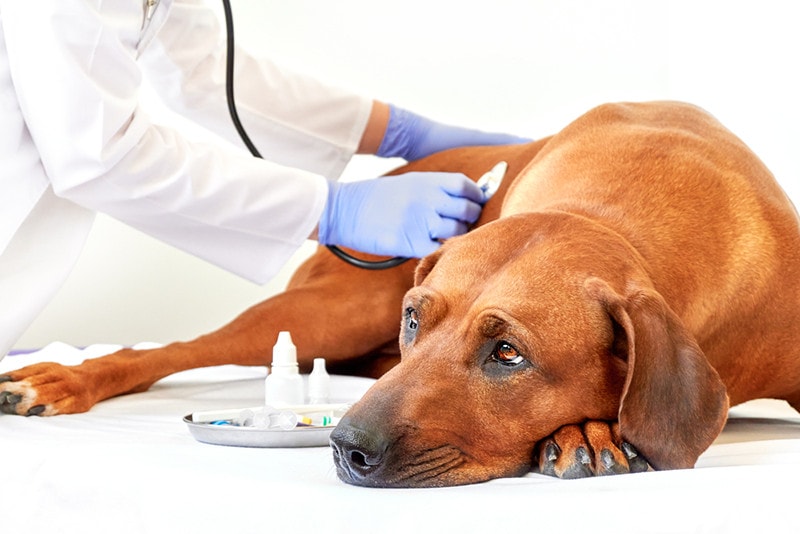
4. Stay With Your Dog
Do not leave your dog unattended. Keep them confined to prevent them escaping, and if you are traveling to your vet’s, ensure that they are secured safely in your vehicle. Pay close attention to them, and note if they start to show signs of discomfort or choking.
5. Don’t Attempt to Treat Your Dog at Home
Under no circumstances should you attempt to treat your dog in any way at home. Don’t try to make them vomit or retrieve the toothpick yourself. If your dog vomits, this could cause the sharp toothpick to perforate the lining of the gastrointestinal tract and do serious damage.
Even if you can see part of the toothpick in their mouth, you may cause more damage than good trying to pull it out.
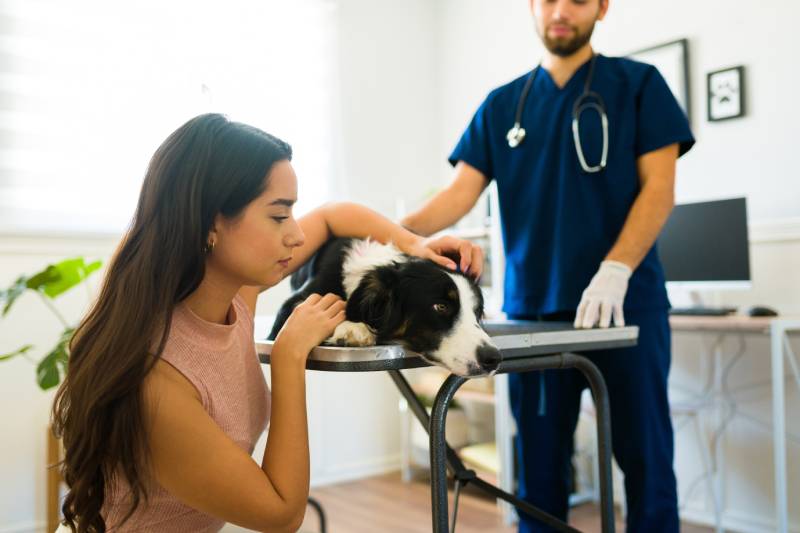

Dangers of Eating a Toothpick
The greatest risk is that one of the sharp ends of the toothpick perforates the lining of the gastrointestinal tract and causes peritonitis, sepsis, and death. This is a medical emergency and needs treatment fast. Toothpicks are also capable of migrating from the gastrointestinal tract into the thoracic cavity and affecting the lungs and heart.
If the toothpick becomes lodged in the back of the mouth, it can become embedded there and cause a foreign body reaction. Especially if the toothpick is wooden, small parts of it can splinter off and dwell in the tissues surrounding the back of the mouth. It is difficult to locate these pieces unless advanced imaging like CT or MRI is used. Even then, it can be challenging, as the pieces can be so small.
Even if the toothpick doesn’t break through the wall of the gastrointestinal tract or migrate to another location in the body, it can still cause great discomfort while it passes through.
- Vomiting: From pain or irritation/inflammation of the gastrointestinal tract
- Lethargy: If internal bleeding is occurring and the circulating volume of blood is temporarily reduced
- Loss of appetite: If your dog is feeling pain or discomfort
- Signs of toxicity: If the toothpick was coated with something poisonous to dogs (less likely if they are used for human food products but still a possibility)
- Change in gait due to pain/discomfort: Your dog stretching out or adopting a praying position

What Will Your Vet Do?
When you arrive at your vet’s, they will assess your dog first for any immediate danger. They will then decide on a diagnostic plan and treatment options.
There are three main ways they will treat your dog. The first one will be to monitor your dog and keep a close eye on them. The second will be to use an endoscope under general anesthesia, which is a camera they can insert into your dog’s mouth and down their throat to visualize the location of the toothpick if it hasn’t traveled far down the digestive tract. The third option is surgery under general anesthesia.
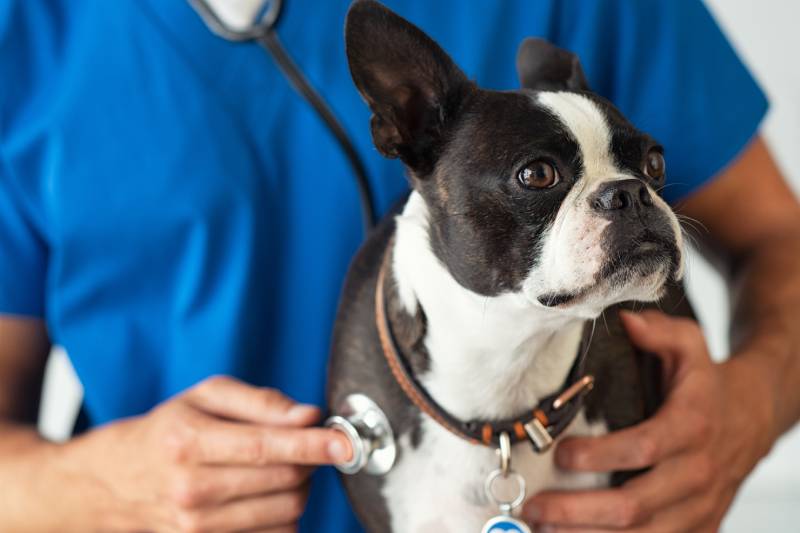
1. Monitoring
It is unlikely that your vet will recommend this approach, as there is a risk that the toothpick could perforate a section of the gastrointestinal tract at any moment as the dog moves about and normal peristalsis occurs in the gut. If this happens, it is a medical emergency, and your dog could become very poorly quickly. It is possible, however, for some toothpicks to move through the dog’s body and be excreted in the feces. Your vet will closely monitor your dog and note any changes that may indicate something has gone wrong.
Sometimes bread is fed to attempt to pad out the contents of the intestine to prevent the sharp ends from doing any damage. There is no research to support this theory, though. Feeding bread or other food to your dog may prevent your vet from giving your pet a general anesthetic in an emergency, so don’t do this at home without consulting your vet.
2. Endoscope
If your vet hospital has the facilities, endoscopic removal can be a relatively quick and simple way of retrieving the toothpick, provided it hasn’t traveled too far or become embedded in any tissue. Your pet will be given an anesthetic, then a camera will be inserted into their mouth and down their throat. It can continue into the stomach if necessary. A grabbing instrument is then used to pick up the toothpick and pull it out gently. This can be an expensive procedure, and not all dogs will be suitable candidates for general anesthetic, depending on their current health status.
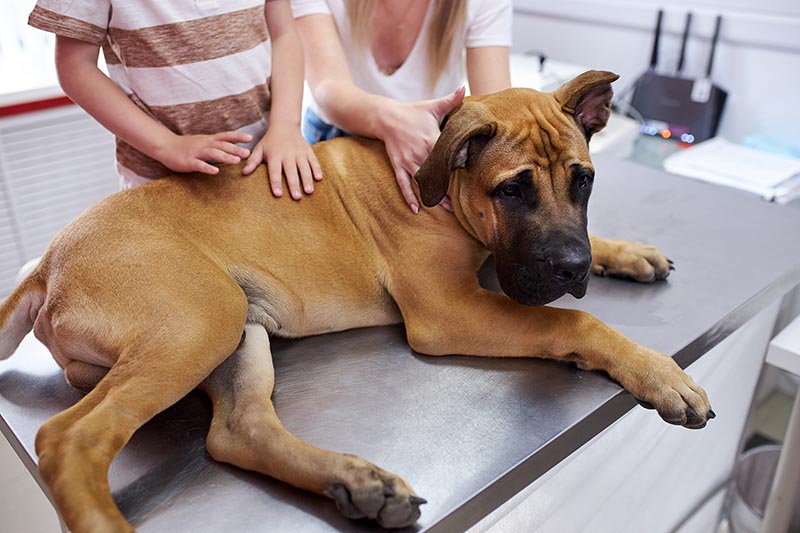
3. Surgical Removal
Surgical removal of the toothpick is another option. Your dog will be given a general anesthetic, and a surgeon will open the abdomen to access the gastrointestinal tract, locate the toothpick(s), and repair or remove any damaged tissue. They will then suture your dog up. They will also check if there has been any damage higher up the gastrointestinal tract as the toothpick moved down. This is a major operation, and your dog will take a long time to recover from it. Surgery is used if an endoscope is not available or if the toothpick is in a location that the endoscope cannot reach.

Signs Your Dog Might Have Eaten a Toothpick
Sometimes, dogs are sneaky about stealing food, usually because they know they are doing something they shouldn’t be. If your dog has been at a family gathering, barbeque, or party and suddenly starts showing the following signs, even if no one saw them eat anything, it could still mean they stole some food and accidentally ate a toothpick.
- Lethargy
- Depressed
- Reluctance to move
- Adopting praying position
- Loss of appetite
- Pale gums
- Vomiting (sometimes with blood present)
- Constipation or diarrhea depending on if a blockage has occurred
- Fever
How to Prevent Your Dog From Eating a Toothpick
Supervise your dog at any barbeques or parties you take them to or host at home. Advise guests not to feed them from their plates. Keep food out of your dog’s reach, and ensure guests put their cocktail sticks in a sturdy bin (not just a bin bag) as soon as they have finished with them.
If your dog is an avid scavenger, consider using an alternative or displaying food differently to completely eliminate the risk of them eating one. In general, try to deter your dog from eating human food and feeding off scraps from plates.

Final Thoughts
Dogs often like to scavenge and eat things they shouldn’t. Toothpicks are a common non-food item that gets eaten by mistake. If you think your dog may have eaten a toothpick or cocktail stick, it is important to seek veterinary attention immediately. There are serious health problems that can occur from ingestion of sharp objects, and your dog can get very sick very quickly.
Your vet will be able to work out the best way to attempt to retrieve the toothpick from your dog and ensure that they receive the best standard of care available.
Related Reads:



